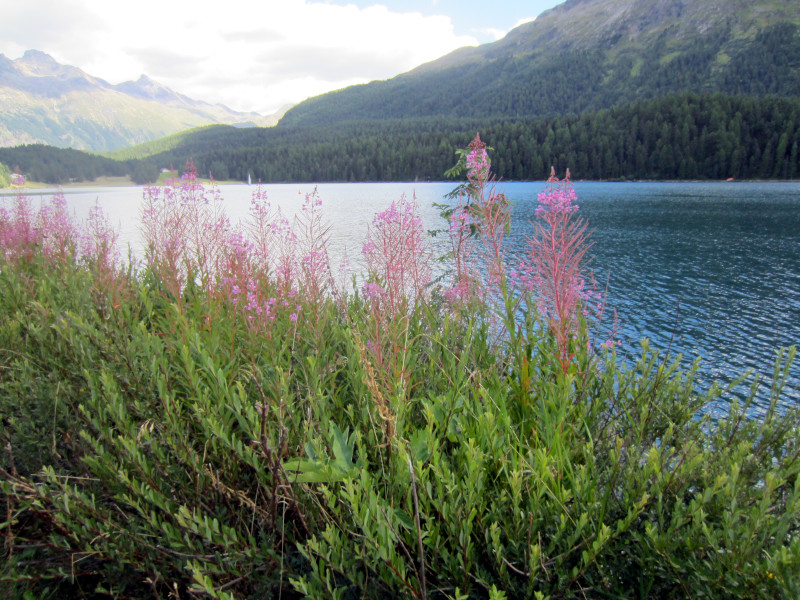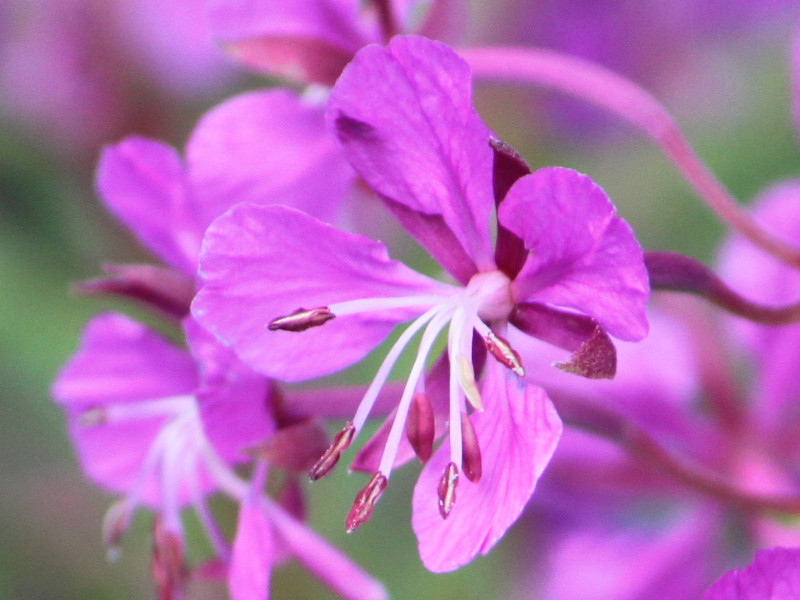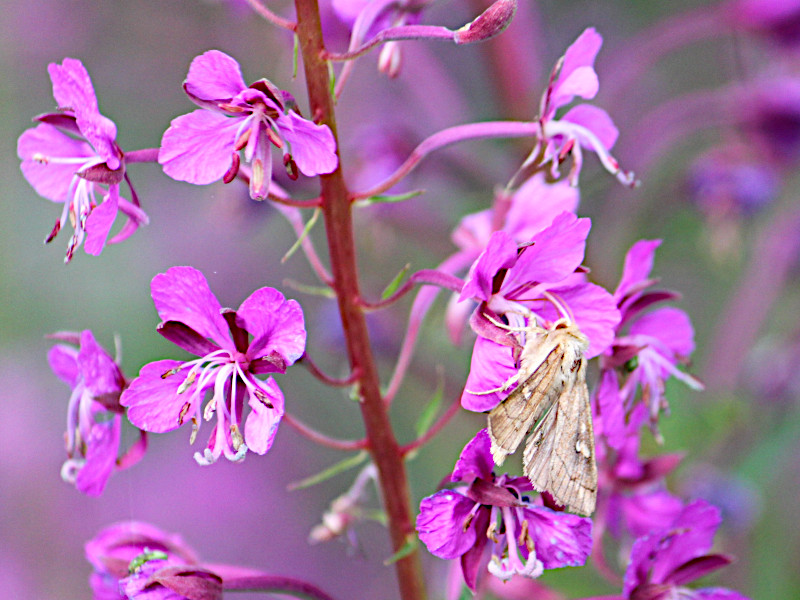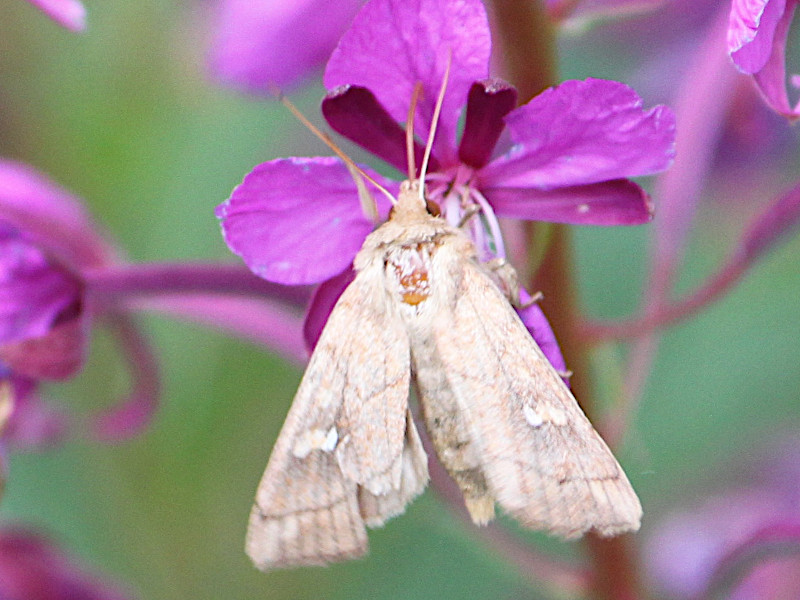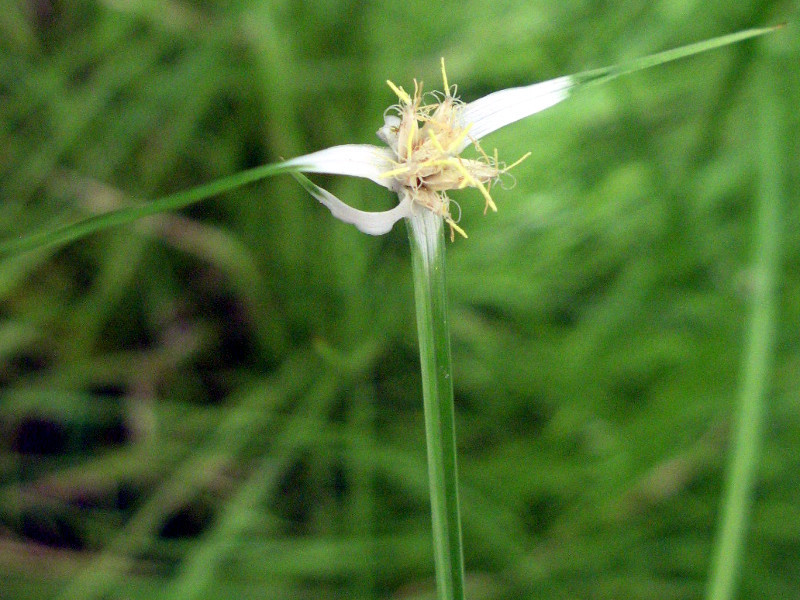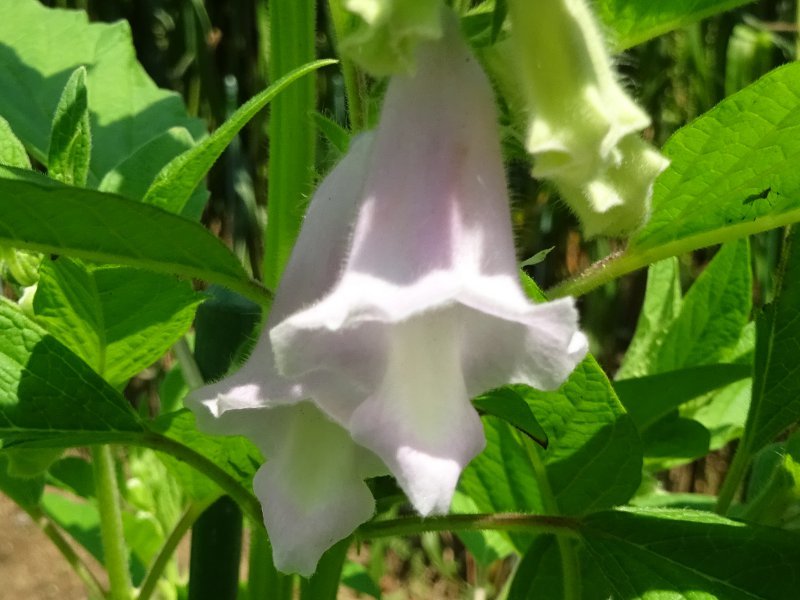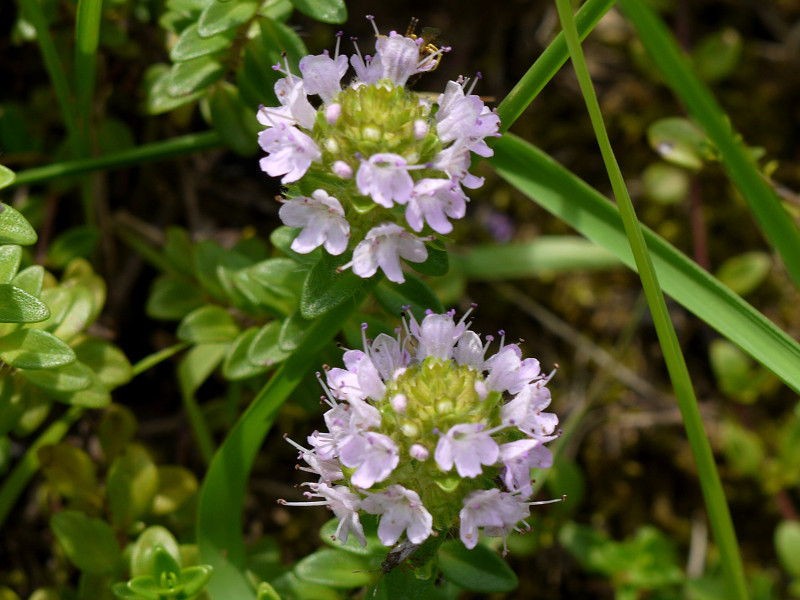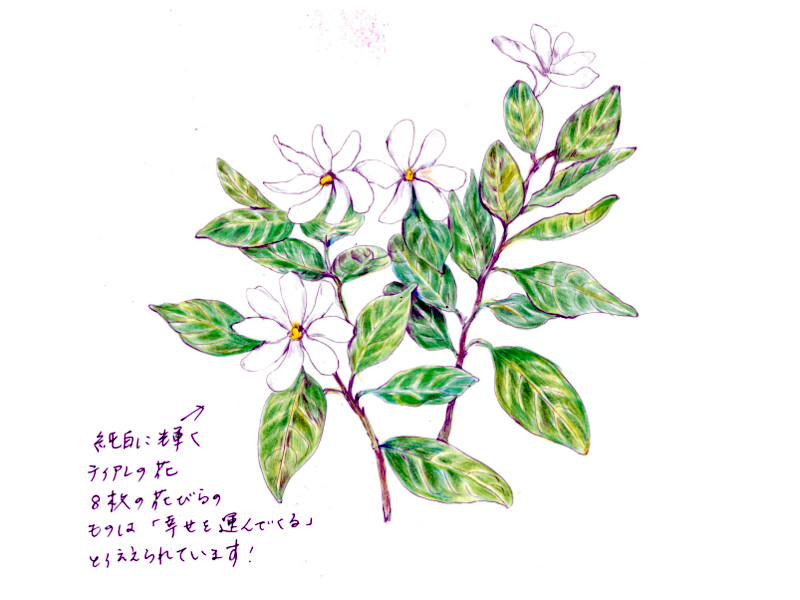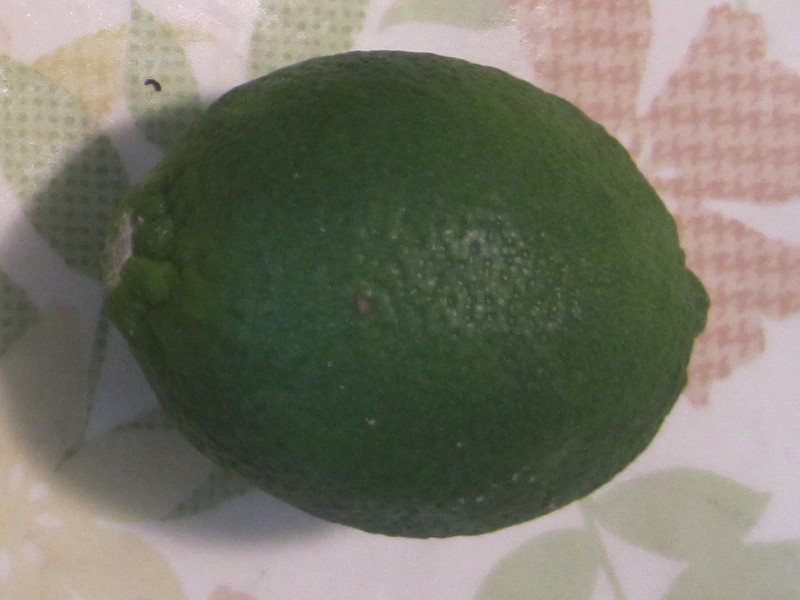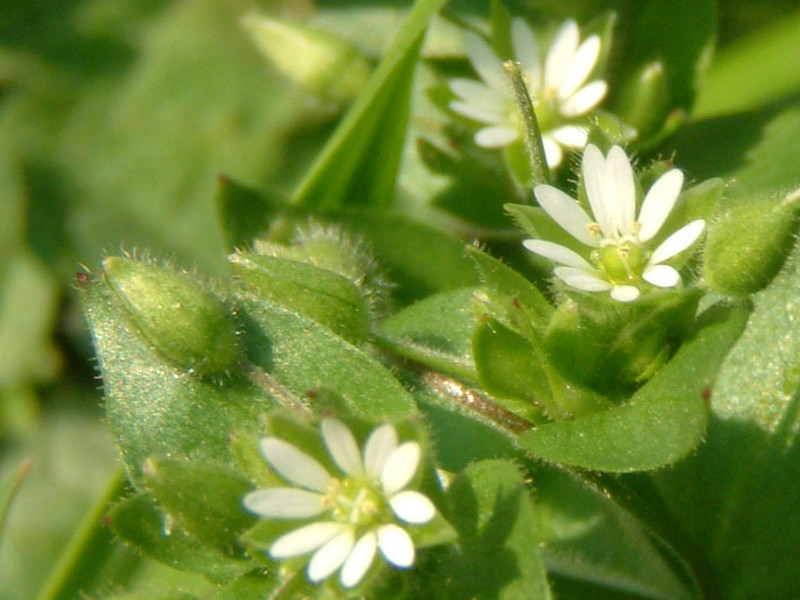Chamaenerion angustifolium
- Flower nameChamaenerion angustifolium
- Scientific nameChamaenerion angustifolium
- Alias柳蘭, fireweed
- Place of originthe Northern Hemisphere
- Place of floweringLow mountains
- Flowering seasonJuly, August, September
What is Chamaenerion angustifolium
Chamaenerion angustifolium, commonly called as fireweed, (Scientific Name: Chamaenerion angustifolium) is a deciduous perennial herb belonging to the family Onagraceae, widely distributed in the Northern Hemisphere. Its former scientific name was Epilobium angustifolium. In English, it is commonly referred to as "fireweed". In Japan, it is found in colonies from Hokkaido to the northern parts of central Honshu's mountainous regions.
It grows from underground stems, producing upright stems that do not branch. The plant's height ranges from 50 to 150 cm. The leaves are green, slender, and lanceolate, measuring 7–18 cm long and 1 cm wide, arranged in a spiral pattern. The flowers bloom from the bottom upwards and appear between July and September, forming racemes at the stem tips. Each flower is about 2–3 cm in diameter with four petals, accompanied by four narrow sepals. There are eight stamens, and the pistil has four lobes. Flower colors range from reddish-purple to pink, with occasional white blooms.
Between August and October, the plant produces long capsules (4–8 cm) containing numerous seeds. Each seed, about 0.1 cm long, has white hairs that help it disperse by wind. Willow Herb is used as a medicinal herb, and its extracts are used in shampoos and cosmetics.
Origin of the Name
The name comes from the narrow, willow-like leaves and the beautiful orchid-like flowers. It is called "fireweed" in English because it quickly colonizes areas affected by wildfires. The genus name Chamaenerion comes from the Latin words "chamae-" (dwarf) and "nerion" (from the Oleander genus, Nerium), due to the similarity in appearance. The species name angustifolium combines "angustus" (narrow) and "folium" (leaf), referring to the plant's narrow leaves.
Common Name: Chamaenerion angustifolium
Scientific Name: Chamaenerion angustifolium
Synonym: Epilobium angustifolium
Japanese name: Yanagiran
English Name: Fireweed
Chinese Name: 柳兰
Classification: Plantae, Angiosperms, Eudicots, Myrtales, Onagraceae, Chamaenerion genus, Chamaenerion angustifolium species
Origin: Northern Hemisphere
Habitat: From Hokkaido to northern parts of central Honshu in Japan, thriving in mountain meadows
Life Form: Deciduous perennial herb
Height: 50-150 cm
Stem: Upright, unbranched
Leaf Color: Green
Leaf Shape: Narrow lanceolate
Leaf Length: 7-18 cm
Leaf Width: 1 cm
Leaf Margin: Entire
Leaf Arrangement: Spirally arranged
Flower Symmetry: Bilaterally symmetrical
Blooming Season: July to September
Inflorescence Type: Raceme
Flower Diameter: 2-3 cm
Number of Petals: 4
Number of Sepals: 4
Number of Stamens: 8
Style: 4-lobed
Corolla Shape: 4-petaled
Flower Color: Red, pink, white
Fruit Season: August to October
Fruit Type: Long capsule
Fruit Length: 4-8 cm
Seeds: About 350 per capsule, each with white hairs for wind dispersal
Seed Length: 0.1 cm
Seed Color: Brown
Uses: Medicinal herb, used in shampoos
